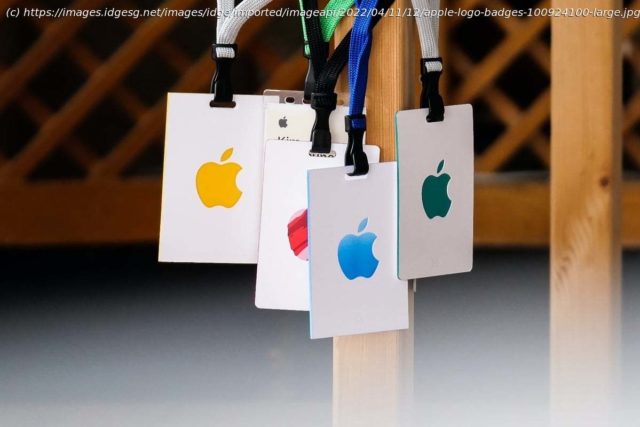Apple’s under fire from employees who don’t like its hybrid return-to-the-office plans. Maybe it could learn something from some of its tech rivals.
One of the people I admire in the tech world is Stella Low, who I initially met at Dell Technologies. She moved from Dell to Cisco to Apple, and then quickly jumped to HP. Dell, Cisco, and HP all prioritize employee and partner job satisfaction, while Apple is far more focused on margins and lowering costs. Which approach is better? Apple’s performance and market valuation show the financial benefits of its tactics, but issues with companies like Qualcomm, and its constant efforts to remove employees’ ability to leave can create serious problems with hiring and retention once those methods are discovered and become broadly known. Apple appears to be managing employees as if they are commodities — not an uncommon approach, but one that often has outcomes like unionization and high employee churn. Offsetting that churn are policies that restrict employee movement, which are also not uncommon. Dell, Cisco, and HP treat employees more like people, some might argue more like an ideal family. The theory is that the Dell, Cisco, and HP approach is less likely to result in employee unions, unsustainable employee churn, or behavioral issues tied to employee abuse. That’s theory, aa\t least, though the underlying perceptions could be driven more by the times than the process. What’s going on right now marks one of the rare occasions when you see two conflicting employee management systems in the same industry being pursued at the same time at scale.






